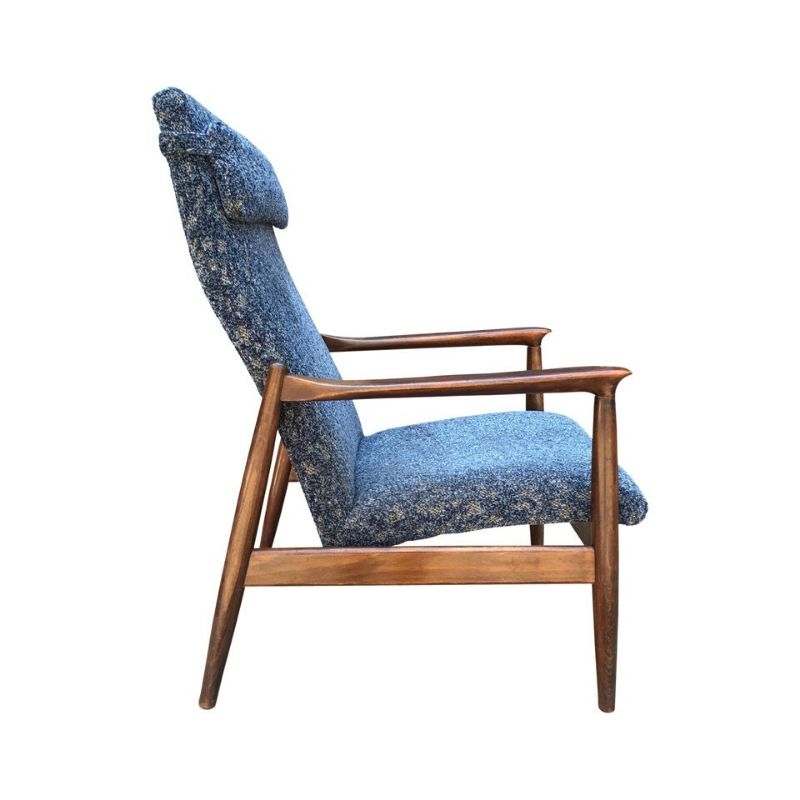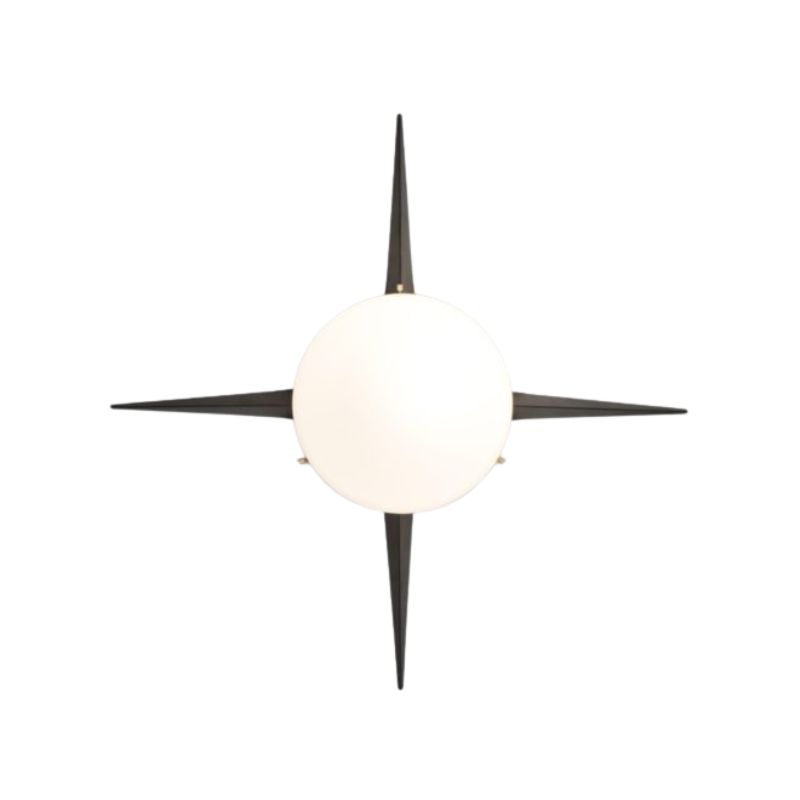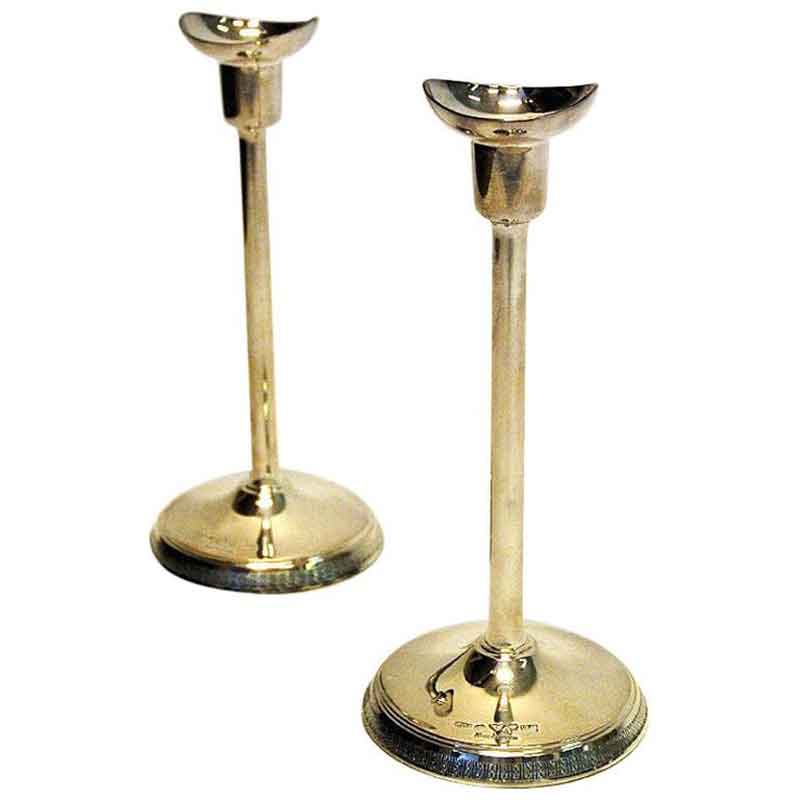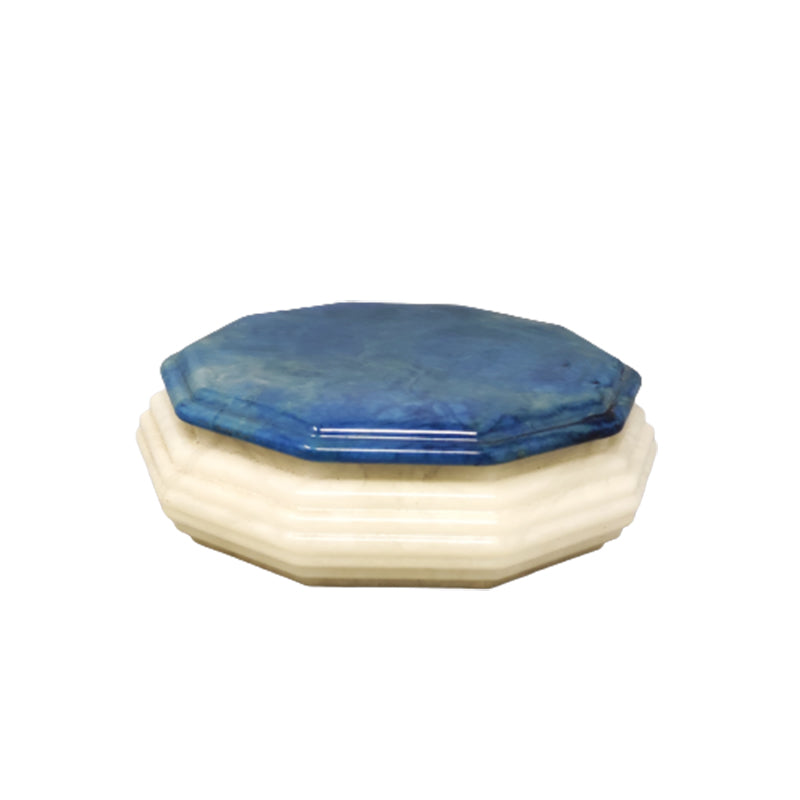I have Arne Hovmand Olsen designed #55 Møller chairs from two different times. And surprise! they aren't built the same. I've never read about this fact so I thought I'd share in case it isn't well known.
I am not sure about the precise ages of the chairs, but the newer ones date to 1970s with reasonably certainty based on the former owner's recollection. And the I think are probably older, late 1950s or 1960s because:
1. that was when they were most popular
2. the construction is more complicated, and the producer's tendency is to simplify.
The differences are all in the armrests.
First:
The "older" one has an armrest made of two pieces of teak, with the top piece extending back over the leg and terminating in an elegant curve.
The 1970s one butts into the leg.  <img class="wpforo-defaul
<img class="wpforo-defaul
Sorry, its early in the morning and I haven't had my coffee yet.
Do you mean the older chair in your last image. The older chair having the two piece arm construction?
Thanks for posting, I have just picked up a Model 55 (the first one I have had) they are lovely chairs and I didn't realise they had different construction methods.
Mine is an early chair. I have often thought that Moller chairs with the simple ink makers stamp as apposed to the metal tag are earlier productions.
.
I think Leif is supposing that the older chair is constructed as two piece construction, concerning his theory that producer's tendency is to simplify.
That sounds logical but sometimes the reverse is true, because they made the construction more complicated to make it harder for others to imitate it.
But in this case Leif's theory seems to be right, because the 55 at J.L. Møller's current website is apparently made as one piece construction if can believe my eyes.
Anyway, nobody knows nothing, maybe it's the solution to the old question who designed the 55, Arne Hovmand Olsen or Niels Møller: both, one as two piece arm construction, the other as one piece. 🙂
Have a nice sunday.
As to the arne hovmand olsen...
As to the arne hovmand olsen vs NO Møller question. The armless matching model #71 is also credited to AHO, and I have both versions of them too. They are identical. Also the model numbers would be expected to change, no? Finally NO Møller is taking credit for the design as of 1951. I can't imagine AHO designed it for Møller earlier than that, as that is very early in the period. So it would follow by the theory that NO Møller changed the chair imperceptibly AND back dated his own design credit over AHO's It is an interesting theory though; will keep it in mind.
Onno: thanks for checking Møller website. Hadn't thought of cross checking there. I think that confirms the older chairs are older.
Here's an interesting one. T...
Here's an interesting one. The listing claims to date them to 1969 and 1970 based or when they were ordered and based on the round metal tag. These chairs have the curved overlap at the back of the arm, and the interesting part:
1. a straight joint with no angle at the bottom.
2. the arm is one piece of rosewood, not two.
http://www.1stdibs.com/furniture/seating/armchairs/original-set-of-12-ro...
The listing also has...
The listing also has information about the dating of Møller chairs that is of interest. (I know of no reason to doubt the information, nor any reason to believe it to be authoritative).
Quote:
This listing is for a set of 12 rosewood dining chairs with arms in original red wool cord designed by Arne Hovmand Olsen in 1951 and made by JL Moller before 1969-70. To find such a large original set in perfect original condition is rare. The frames and seats are in near-perfect condition.
The provenance of the set is that the chairs were used in a boardroom in Padborn, Germany. Twelve chairs were ordered in 1969 and an additional chairs were bought in 1970. In total, of the 20 chairs from the boardroom, 12 had round metal labels as described below and 8 chairs had ink stamped labels.
The chairs can be dated by the round JL Moller label on the underside of each seat. These round labels were, according to Niels Otto's son, Jorgen Moller, last used in 1969-70.
In 1971-72, a fire burned down the JL Moller factory and the chairs and the way they were made, labeled and finished changed. Before 1969-70, the rosewood used was sourced in Brazil and turned on copy lathes, a British invention from the 1870s. The turned wood elements were then finished detailed and assembled by hand. From 1971-72, Moller installed new machinery in the new factory that took a large element of hand-finishing out of the process. The chairs still were hand-assembled but dimensions of each element were larger and the shape less delicate. From 1971-71, Moller started sourcing rosewood from India and the chairs were labeled with an ink stamp instead of round metal disc.
This chair was the only chair made by JL Moller that was not designed by NO Moller. In fact, it was NO Moller who established the JL Moller workshop in 1944 and named it after his deceased father. With the success of this model of chair, NO Moller went on to design a range of dining chairs that is unrivalled for quality. After 50-70 years of use, chairs made at JL Moller typically have no loose joint at all.
End Quote
The arms are differently shaped!
Sometimes I am dense as concrete: I just noticed one other huge difference. The arms are different shapes on the underside.
The "older" version, on the left, has a much more sculpted arm.
Note this sculpting also optimizes the use of raw teak into 2 smaller dimensioned, less expensive pieces of raw teak. If PaereDansk is to be believed, this would follow from Møller's new machinery in 1971, which eliminated labor in construction, and, apparently, Møller balanced those savings with more expense in the larger piece of teak from which carve the arms.
If you need any help, please contact us at – info@designaddict.com









